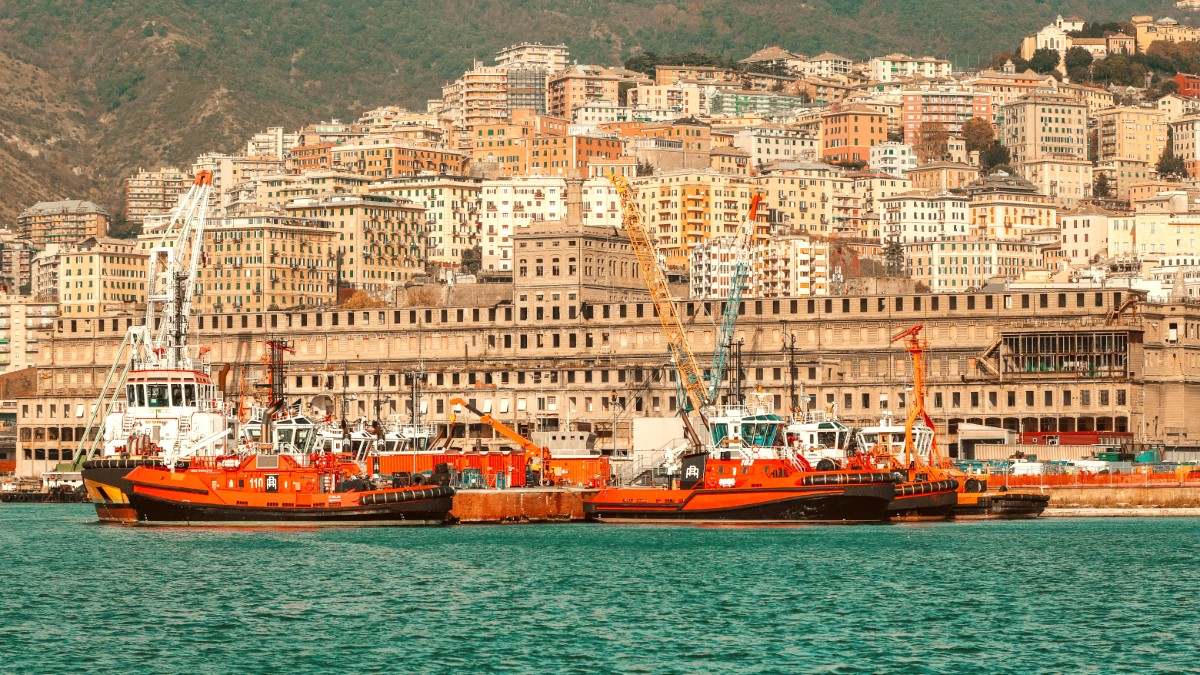
Liguria Piedmont And Valle Daosta, Italy
Genoa's most famous landmarks capture its maritime spirit, artistic heritage, and historical grandeur. These sites are central to any visit.
The city's revitalization efforts have brought new life to old areas, making them public spaces for visitors.
This street embodies the city's historical prominence.
Generally open daily, typically from 08:00 to 12:00 and 15:00 to 19:00.
Entry to the main cathedral is free. A small fee for the Treasury Museum.
The interior offers a cool, quiet respite from the city's bustle.
Distinctive black and white striped facade.
Houses a collection of sacred art and relics.
Genoa’s museums offer deep dives into its rich history, art, and culture.
One of the largest maritime museums in the Mediterranean. Chronicles Genoa's seafaring history and emigration.
Explore the S518 Nazario Sauro, a real submarine, as a standout feature.
Located in Porto Antico. Tickets approximately €17 (museum only), or €22 (museum and submarine). Consider booking on GetYourGuide.
Palazzo Rosso, Palazzo Bianco, Palazzo Tursi on Via Garibaldi house important art collections (Rubens, Van Dyck) and decorative arts.
Regularly hosts major art exhibitions, cultural events, and conferences. Located in Piazza Matteotti. Entry fees vary.
Housed within Castello D'Albertis, with ethnographic artifacts from explorer Enrico Alberto d'Albertis's travels. Accessible by Montegalletto Lift.
The city's main opera house, hosting opera, ballet, and concert performances.
Hosts various musical events. Check local listings for programming.
Genoa has a cultural life beyond its historical sites.
Genoa’s history is visible everywhere, from ancient gates to charming fishing villages.
Genoa's proximity to both the sea and the mountains offers enjoyable natural escapes and stunning vistas.
These spots provide a peaceful respite from the urban environment.
Explore the scenic waterfront and lush parks on the city's eastern side.
Ascend to higher elevations for panoramic vistas and mountain air.
While not directly in Genoa, this natural park is easily accessible for a day trip, with stunning coastal and forest scenery.
Even within the city, pockets of greenery offer quiet spots for a break.
Make the most of your sightseeing in Genoa with these practical suggestions.
If you plan to visit multiple museums and use public transportation, a Genoa Card often provides good value and convenience.
Check Card Benefits on GetYourGuideComfortable shoes are highly recommended.
Carry water, especially during warmer months, as you'll be doing a lot of walking. Public fountains are available.
A good map or reliable navigation app is useful for the winding carrugi. GPS can be unreliable in dense areas.
For popular attractions like the Aquarium, arriving right at opening time can help avoid larger crowds.
Observe general museum etiquette for a respectful visit.
When visiting churches and cathedrals, observe appropriate behavior.
Genoa's charm lies in its diverse offerings, from grand palaces to hidden alleys.
Allocate enough time for both the well-known sites and unexpected discoveries.
Venture beyond the usual tourist routes to uncover Genoa's character and local life.
Wander through residential areas and smaller squares to experience everyday Genoese life.
Beyond Mercato Orientale, explore smaller neighborhood markets.
Utilize Genoa's unique "vertical transport" system for both utility and views.
Public transport tickets cover these unique modes of travel.
Genoa's urban landscape features hidden artistic expressions.
These additions offer a contemporary contrast to the city's historical backdrop.
Beyond Via Garibaldi, many palaces throughout the city have private courtyards.
These spaces are an architectural delight and a break from the busy streets.
Capture Porto Antico and the city skyline during sunrise or sunset for stunning light.
The carrugi are perfect for atmospheric shots, but challenging light. Look for details and contrasts.
Head to Righi Hill or the Castelletto viewpoint for sweeping city and harbor views.